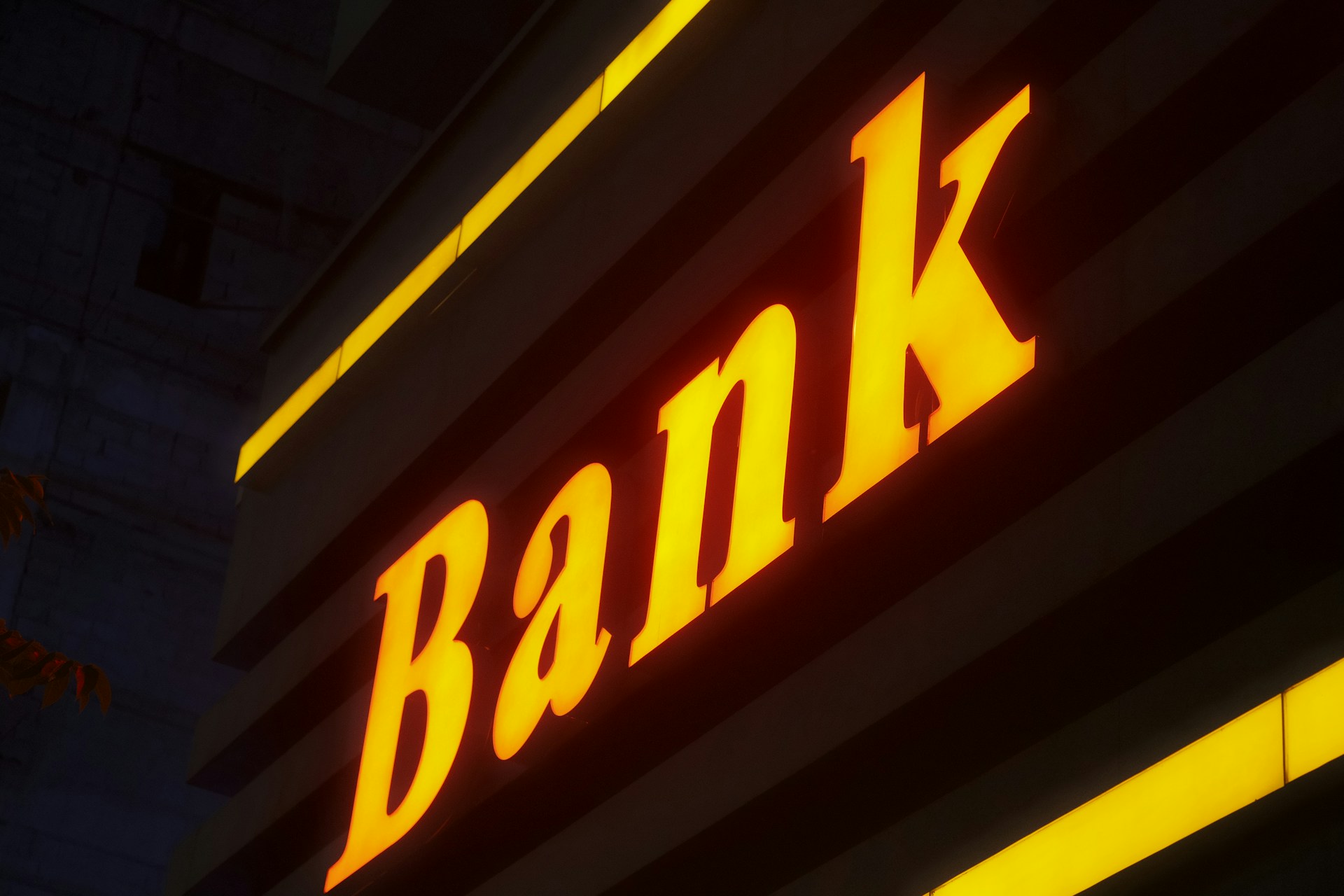Self‑Employed? How to Qualify for a Bank Statement Loan
Summary: A bank statement loan lets self-employed folks use bank statements instead of pay stubs or tax forms to qualify, trading stricter documentation for higher rates and down payments.
Takeaways
- Bank statement loans are great for people with variable or self‑employed income.
- They are not the same as DSCR loans—bank statements focus on your personal business cash flow, DSCR relies on rental property income.
- Lenders ask for credit 620+, 12–24 months of statements, 10–30% down, and higher rates.
- You can expect rates 1–3% higher and slower closings.
What is a bank statement loan?
A bank statement loan is a type of non-QM (non‑qualified mortgage) designed for people who can't show traditional proof of income—like W‑2s, pay stubs, or tax returns. Instead, lenders look at your personal or business bank statements (usually 12–24 months) to determine average monthly deposits and calculate your qualifying income. See more at Bankrate.
Bank statement vs DSCR loan
They’re not the same, although both avoid tax returns:
- Bank statement loans validate income via your bank inflows.
- DSCR (Debt Service Coverage Ratio) loans are for investors buying rental properties; qualification depends entirely on the property’s rent covering the mortgage. Learn more at CrossCountry Mortgage and Griffin Funding.
Bank statements = personal/business deposits.
DSCR = property rent ÷ debt‑service.
How to qualify
This table lists the main qualification requirements between those loans.
| Requirement | Bank Statement Loan | DSCR Loan |
|---|---|---|
| Credit score | 620–700+ (better rates ≥700) (Bankrate) | ~620+; ~700+ for lowest rates (Griffin) |
| Documentation | 12–24 months bank statements; sometimes P&L | No W‑2; need rent roll, appraisal, property income docs |
| Down payment | 10–30% depending on score | ~15–20%, more if DSCR <1 |
| DTI / Reserves | DTI up to 45–50%; 3–12 months PITI reserves | DSCR ≥1–1.25; reserves needed if DSCR low |
| Use of funds | Primary, secondary, or investment property | Only income‑producing properties |
Rate comparison
Bank statement loans typically have interest rates 1–3 percentage points higher than conventional loans. DSCR loans also run higher than standard conforming mortgages, but often less than hard money options. More examples at BiggerPockets.
Top lenders
Some top bank statement loan providers include Griffin Funding, Angel Oak, NQM Funding, and CrossCountry Mortgage. DSCR loans are available from many of the same lenders, plus local credit unions and private funds.
Process & timeline
First, connect with a broker or lender who offers the program. You’ll submit documents: bank statements + business docs for bank‑statement loans, or rent rolls + appraisals for DSCR. Underwriting takes longer—these non‑QM loans need manual checks. Expect closing in 4–8 weeks, compared to 30–45 days for conventional.
Other important info
Watch out for prepayment penalties—some bank statement loans have them. These loans also allow for jumbo balances (even up to $20 M). You can combine income types but can’t double-count. Foreign bank statements are allowed if translated. Default rates are a bit higher, so lenders want more reserves. Details at Bankrate.
Final note
Bank statement loans are perfect for folks who earn in non‑traditional ways. DSCR is strictly for rental investors. Both cost more than regular mortgages but open doors that otherwise stay shut.
The mortgage rates displayed on this site are collected daily from publicly available sources provided by more than 600 lenders. Mortgage-Rates.ai does not receive compensation for listing these rates, and all rates are presented as published by the respective lenders. While every effort is made to ensure accuracy, the information may contain errors or omissions. Mortgage rates are highly dependent on an individual’s financial circumstances, credit profile, loan terms, and other factors. As such, the rates you are quoted directly by a lender may differ materially from the rates displayed here.
Users should contact lenders directly to obtain formal, binding loan offers. If you identify any discrepancies in the data or would like to have your institution’s rates included, please contact us at content@mortgage-rates.ai
All logos, trademarks, and brand names appearing on this website are the property of their respective owners.


About the author
mortgage-rates.ai